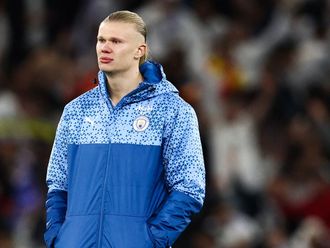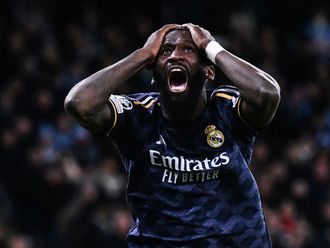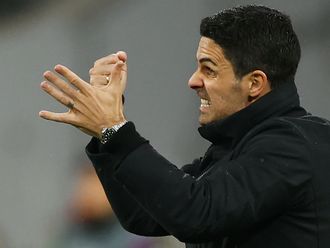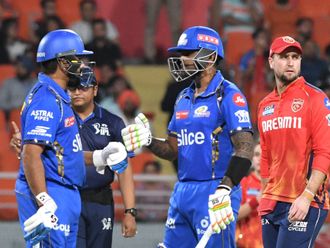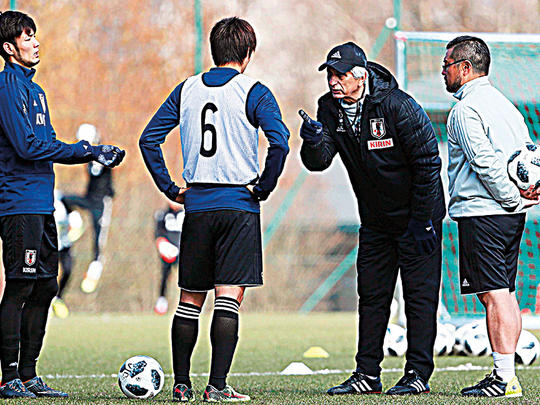
Seoul: Japan’s surprise sacking of head coach Vahid Halilhodzic on Monday marked a fifth coaching change from Asia’s five participants at the 2018 World Cup in the past nine months.
Only Iran, with Carlos Queiroz in place since 2011, have the same manager now as in June last year. Japan, Saudi Arabia and Australia all will have new coaches who will see their teams in competitive action for the first time when the World Cup kicks off in June. South Korea’s coach Shin Tae-yong was appointed in July 2017 and has two World Cup qualifiers under his belt.
For a continent desperate to improve on the 2014 World Cup when its four teams failed to record a single win, it is not ideal preparation.
Just three wins from nine games since successfully securing qualification with a game to spare last August put Halilhodzic under pressure. This only increased after claims of a breakdown in trust and communication with players that followed friendly games against Mali and Ukraine in March.
Afshin Ghotbi, a former coach in Japan’s J League with Shimizu S-Pulse, has extensive experience in Asia including with the national teams of Iran and South Korea.
“There are many different reasons in Asia but it often comes down to the differences between expectations and reality that can be seen in the form of a team during friendlies and this can lead to panic,” Ghotbi said.
Halilhodzic has been replaced by Akira Nishino. Time is short for Nishino but the 63 year-old has extensive coaching experience in Japan, leading Gamba Osaka to the 2005 J League title and the 2008 Asian Champions League.
Giving the job to Nishino is understandable, Ghotbi says, as was South Korea’s decision to appoint an experienced local coach last summer.
Ghotbi returned to Korea’s national team for a second stint in October 2005, just eight months before the 2006 World Cup. “With time short, I had the advantage of prior knowledge of the football landscape and that can really help,” he said. “If you don’t, then you have to get to know the players, the opponents, the federation and the back room staff as soon as possible.”
With Korea and Japan returning to local coaches, the lack of time may be a greater problem for Saudi Arabia and Australia who have hired overseas expertise.
Saudi Arabia has changed coaches twice since last September. Bert Van Marwijk, appointed in 2015, led the team to a first World Cup since 2006 last September only to leave after being unable to agree a new contract. His replacement Edgardo Bauza was fired in November for poor team performances to leave Juan Antonio Pizzi, also from Argentina, currently in charge.
Van Marwijk took the Australia job in February to succeed Ange Postecoglou, who had led the Socceroos to the 2015 Asian Cup title and through qualification for the 2018 World Cup.
In October however, Postecoglou resigned for personal reasons leading Football Federation Australia (FFA) to turn to the experienced Van Marwijk just four months ahead of the World Cup on a contract that ends when the Socceroos leave Russia.
The challenge for Australia in a limited time is to become accustomed to the more functional approach of Van Marwijk that is expected to be very different to the more expansive soccer favoured by his predecessor through four years in charge.
“His teams have always been hard to beat and fairly pragmatic in his approach,” Postecoglou told Australian radio after Van Marwijk’s appointment.
“I’m kind of the other end of the scale. It looks like one tournament and when you look at the group, the focus now is to get out of that group and I guess a more pragmatic approach may help you achieve that.”


